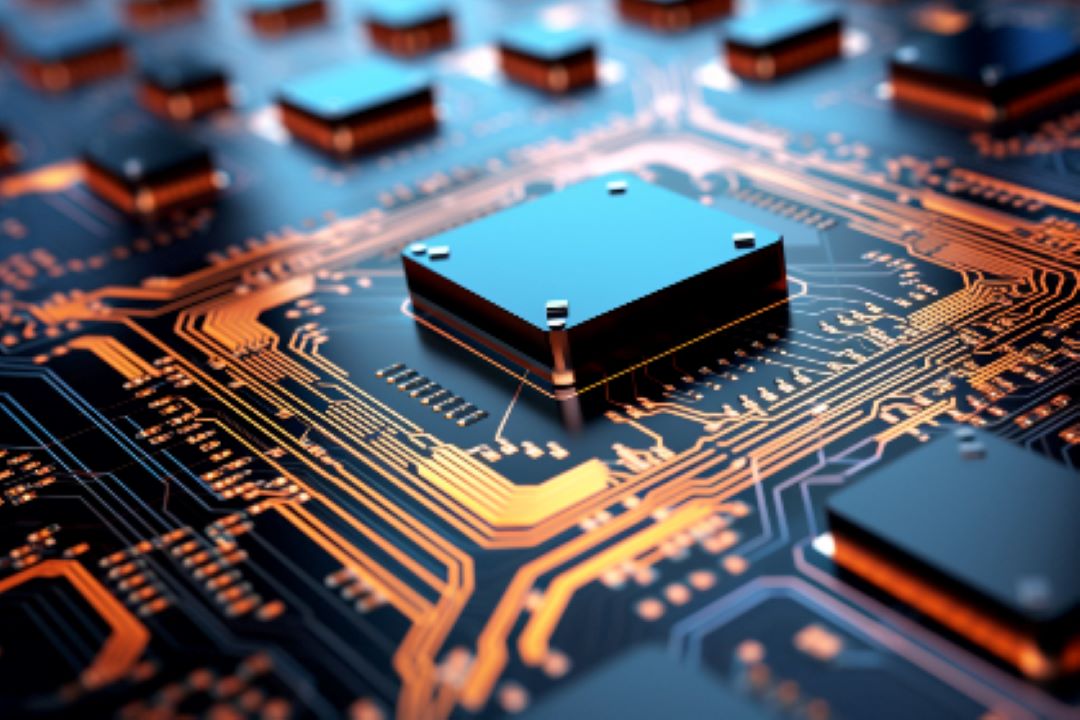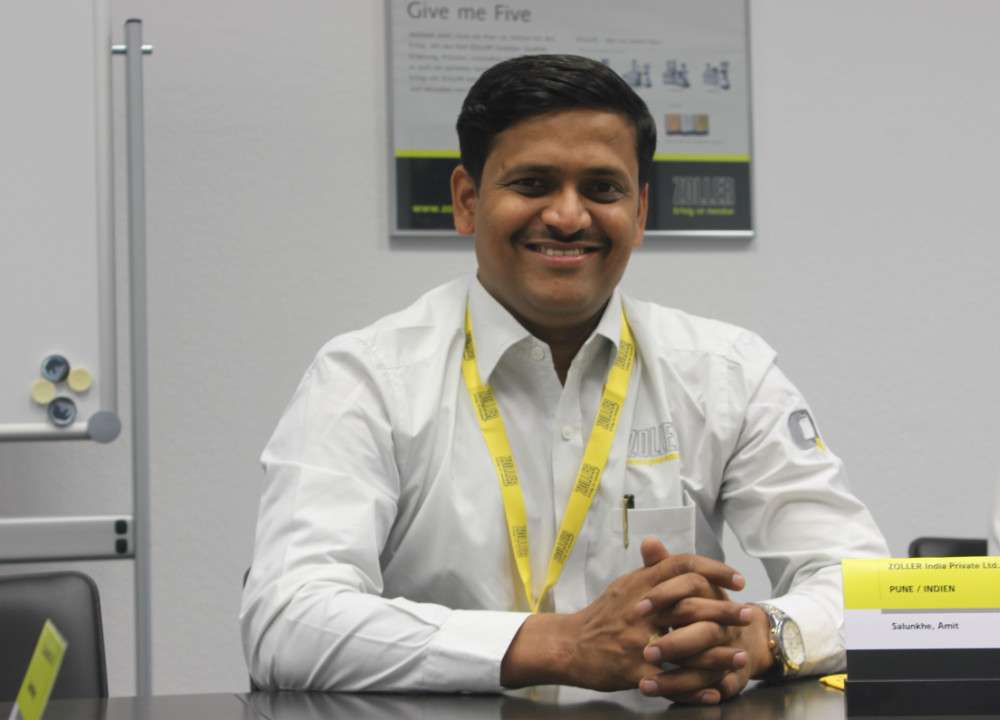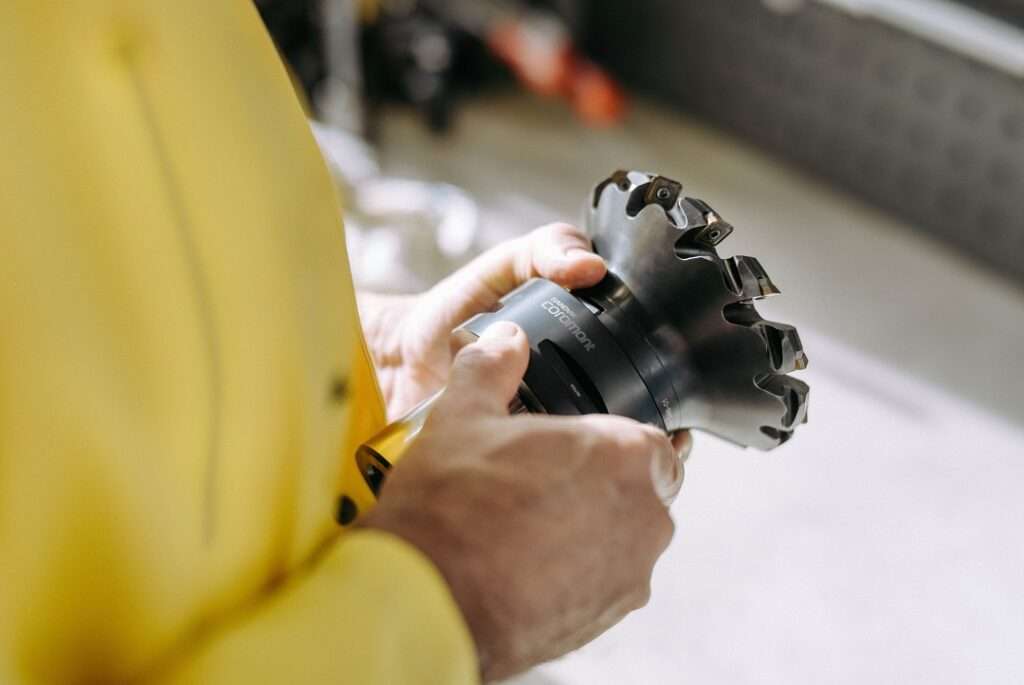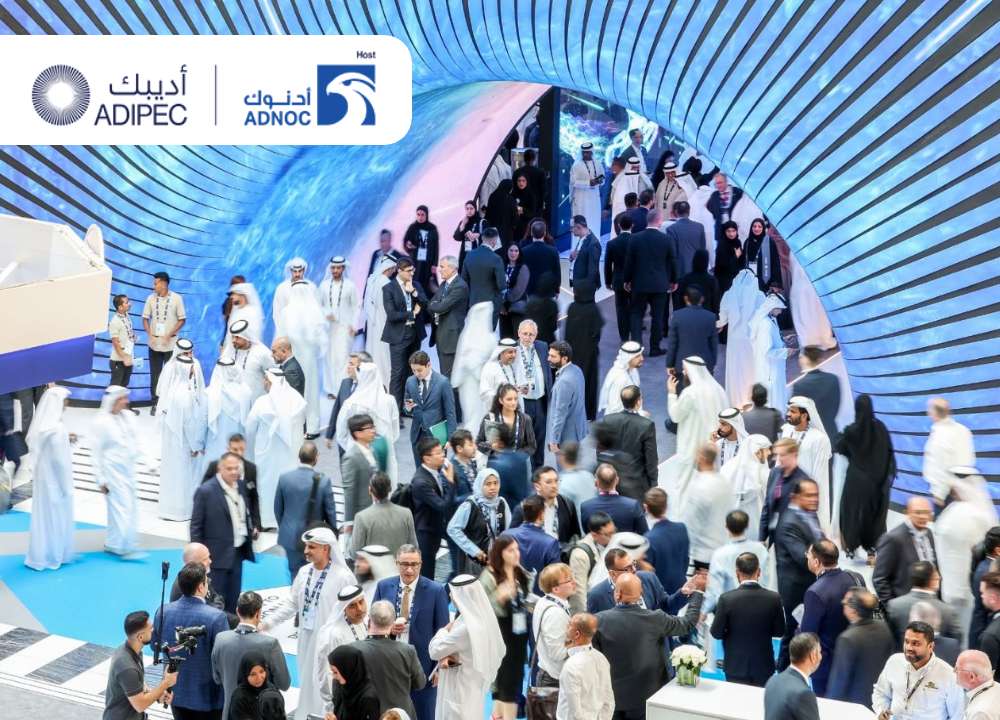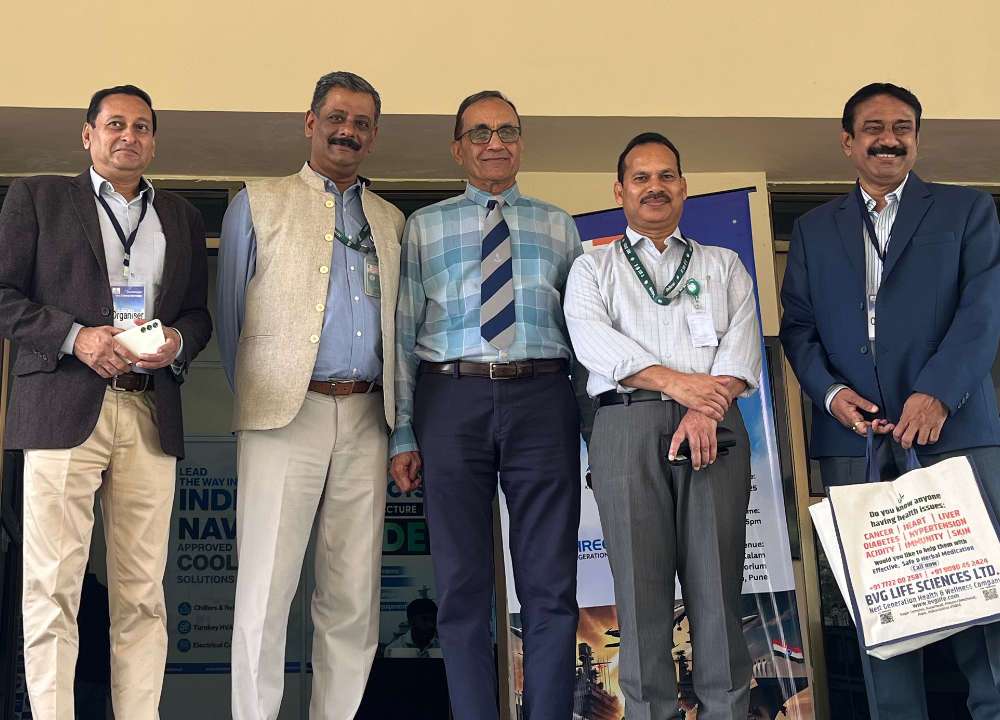In the dynamic landscape of India’s burgeoning semiconductor industry, emphasizing its strategic importance to the nation’s economic and technological growth. This article delves into the country’s heavy reliance on imported semiconductors and the concerted efforts by the government to foster a robust domestic manufacturing ecosystem through substantial investments and strategic initiatives. The article also highlights the critical role of ultrapure water in semiconductor manufacturing, explaining its necessity in ensuring high-quality production and the associated challenges in achieving and maintaining such purity.
The semiconductor sector is widely seen as a sunrise industry. The importance of the semiconductor industry in India’s overall industrial and economic growth is unique due to the rapid advances in digital technology. India ranks as a major consumer of semiconductors but is heavily dependent on external sources for their supply. This dependence creates strategic and economic vulnerabilities, which underlines the critical need for a strong domestic semiconductor industry.
More than 60 per cent of the total requirement of semiconductors is from smartphones and wearables, automotive components, and computing and data storage industries. The Deloitte report predicts that the Indian semiconductor market will reach US $55 billion by 2026. In such a situation, it is very important for India to embark on the journey of Chip Taker to Chip Maker keeping in mind the objective of self-reliance.
Semiconductors and its Significance
A substance that can conduct electricity is called a conductor, and a substance that cannot conduct electricity is called an insulator. A semiconductor is a material that has specific electrical properties that are shared between a conductor and an insulator. Semiconductors control and manage the flow of electricity in electronic devices and appliances. As a result, electronic chips made for computing components and, like integrated circuits, diodes and transistors are all made from semiconductors.
Semiconductors were invented in the 19th century. The transistor was invented in the 1940s. Radios, which until then used vacuum tubes, significantly reduced their size and became portable. Like radio, many electronic devices like television have undergone radical changes.
Semiconductors are at the core of all devices used in the modern era. Whether it be smartphones, radios, TVs, computers, video games, or advanced medical diagnostic equipment. Semiconductors play an important role in equipment control in various fields, such as operating air conditioners at comfortable room temperatures, improving automobile safety, laser treatment in sophisticated medical care, and much more. Moreover, the advancement of semiconductor technology has led to the efficiency, miniaturization and energy saving of the system, which helps to achieve a safe and comfortable life, as well as protect the global environment and create a prosperous future.
India’s Semiconductor Ambitions: From Import Reliance to Domestic Production
Semiconductor manufacturing is an emerging and emerging industry sector in India. India currently relies entirely on imports for its semiconductor needs. India’s semiconductor consumption is expected to surpass USD 80 billion by 2026 and reach USD 110 billion by 2030. The government is taking bold steps to foster domestic chip manufacturing to reduce import dependence and establish India as a key player in the global semiconductor landscape.
In a significant move, the Union Cabinet has allocated a massive ₹76,000 crore to support the development of a robust “semiconductors and display manufacturing ecosystem.” This initiative aims to provide substantial incentives for design companies to develop and produce chips within India. Furthermore, the Scheme for Promotion of Manufacturing of Electronic Components and Semiconductors (SPECS) has been launched to specifically encourage the domestic production of these crucial components.
Recognizing the importance of design expertise, MeitY has also introduced the Design Linked Incentive (DLI) Scheme in 2021. This scheme aims to nurture at least 20 domestic companies specializing in semiconductor design, supporting them in achieving a turnover exceeding Rs. 1500 Crore within the next five years.
India Semiconductor Mission is yet another major step to boost the semiconductor industry. The mission aims to develop long-term strategies as well as establish a sustainable semiconductor and display ecosystem. India’s semiconductor ecosystem promises innovation, employment and economic expansion.
Challenges & Opportunities of the Semiconductor Industry
Although the semiconductor business has huge growth potential, there are major challenges in setting up a semiconductor manufacturing plant.
1. High-risk and capital-intensive: Building a semiconductor fabrication plant (Fab) involves a huge upfront investment in infrastructure, equipment, and research and development.
Economic viability and Global competition: Semiconductor fabs need to be mass-produced to be economically viable. For that, it is mandatory to participate in the global market with high product quality and competitive prices and compete with global players in the pre-established industry.
Ecosystem Development and Skill Gaps: Setting up a semiconductor fab requires creating an ecosystem that includes supply chain management, infrastructure development, and employee training which is time-consuming and resource intensive.
The Environmental Concept: The semiconductor fabrication process uses hazardous chemicals and generates a significant amount of waste. Ensuring compliance with environmental regulations, managing waste disposal and adopting sustainable practices are essential to reduce environmental impact, maintain public trust and secure long-term sustainability.
Addressing these challenges requires a planned policy approach and concerted efforts by the government, technology institutions and private players to ensure that semiconductor fabrication facilities are set up in India without any hindrance.
As always is the case, challenges bring along associated growth and development opportunities as well.
Growing Demand: The Indian electronics market is booming, driving the demand for semiconductors. Import substitution opportunities for the growing domestic market are unprecedented.
Government Initiatives: The government’s “Semiconductor Mission” aims to attract investments and foster domestic production.
Strategic Partnerships: Collaborations with global players can provide technology and expertise.
Focus on Design and Innovation: India can leverage its strong design talent to develop niche segments and build a strong ecosystem. India can leverage its strong track record as a powerhouse for Global capability Centres.
Building a Resilient Supply Chain: Diversifying sources for critical materials and components can mitigate supply chain risks.
India’s journey towards becoming a semiconductor powerhouse will require overcoming challenges and capitalizing on opportunities. With sustained efforts, the industry can contribute significantly to India’s economic growth and technological independence.
Ultra-Pure Water: Kingpin in Semiconductor Manufacturing
Ultrapure water is much purer than bottled mineral water and is held to much stricter standards than even distilled water. Ultrapure water plays a vital role in the production of highly sensitive materials, such as those utilized in the semiconductor industry for source materials, in the fabrication of nano-fine ceramic materials, and in the nuclear power industry for specialized water applications. Semiconductor manufacturing requires extremely pure water and large amounts of cold water. The water can be recycled but requires a fresh supply of highly purified water.
Ultrapure water, characterized by an exceptionally high resistivity exceeding 18 MΩ*cm at 25°C, embodies the pinnacle of water purity. This exceptional level of purity is achieved by removing virtually all impurities, including organic substances such as bacteria, viruses, and chlorine-containing dioxins, leaving behind only water molecules.
Attaining ultrapure water status presents a significant challenge within conventional water treatment processes. However, theoretical models suggest that a two-stage reverse osmosis process followed by meticulous polishing with mixed-bed ion exchange resins can theoretically achieve the desired level of purity.
Ultrapure water production
Currently, water purification utilizes a variety of methods like distillation, reverse osmosis, ion exchange, filtration, adsorption, and ultraviolet oxidation. Ultrapure water production typically involves a three-stage process:
Pre-treatment: Pure water is created at this initial stage by removing impurities. Traditionally, to purify the water, it is pretreated via a pretreatment unit to remove the impurities including large particulate matter, residual Chlorine and calcium ions and magnesium ions. Pretreated water will be further purified by reverse osmosis process which can remove 90% -99% of inorganic ions including Most of the pollutants.
Ion Exchange: Here, the “pure water” undergoes further purification through ion exchange, reaching an ultrapure level of 18.2 MΩ-cm resistivity. While “pure water” may have some impurities, ion exchange takes it a step further. This process utilizes resins to swap out ions in the water for harmless H+ and OH- ions, effectively removing almost all charged particles. This significantly increases the water’s resistivity, reaching ultrapure levels (18.2 MΩ-cm at 25°C). However, ion exchange alone doesn’t eliminate organics or microorganisms, requiring additional post-treatment methods for comprehensive ultrapure water production.
Post-treatment: This final stage utilizes targeted methods like ultrafiltration or UV oxidation to achieve ultrapure water that meets specific requirements for various applications. Though ion exchange creates ultrapure water, it might not meet all specific needs. Post-processing methods address this. Ultrafiltration acts as a sieve, removing heat sources as small as 0.001 EU/ml. Meanwhile, dual-wavelength UV oxidation tackles organic matter, reducing total organic carbon to less than 5 ppb, ensuring ultrapure water tailored to specific requirements.
Role of Ultra-Pure water in Semiconductor industry
In the semiconductor industry, ultrapure water plays a very crucial role:
Cleaning: Ultrapure water is used for cleaning, etching, and rinsing processes. It is essential for everything from surface conditioning and rinsing to wafer cleaning.
Fabrication: During the device fabrication process, large quantities of water are consumed for individual processes like solvent processing, wafer cleaning, chemical mechanical planarization, and wet etch.
Productivity: By using ultrapure water to cleanse the wafers between each step, the highest standards of cleanliness are maintained, and semiconductor productivity – also called yield – is maximized.
Cost-effectiveness: Ultrapure water helps to improve production yields and reduce manufacturing costs and defects.
While ultrapure water finds application in numerous aspects of device manufacturing, chemical mechanical planarization (CMP) stands out as the single largest consumer of this critical resource. This crucial technique utilizes a combination of mechanical abrasion and chemical oxidation to achieve surface polishing and selective material removal. The production of the specialized slurry employed in CMP necessitates the use of significant volumes of ultrapure water.
It’s important to note that even the smallest impurity in the water can affect the performance and reliability of an electronic component. Therefore, ultrapure water, which is free from impurities, contaminants, and minerals, is seen as an essential part of semiconductor manufacturing.
What Next: Praj Hipurity Systems
A wholly owned subsidiary of Pune-based Praj Industries, Praj HiPurity Systems is known as a pioneer in the field of hygienic water management through latest technology platforms. Praj has set up more than 600 pure water projects across the world for various industries including pharmaceuticals, biopharmaceuticals, cosmetics, nutraceuticals, electronics and allied industries.
Praj is known for its high-end quality with core expertise in design, engineering, production and distribution of pure waters. Its state of the art, largest integrated multi-capability manufacturing facility provides best in class plants & systems embedded with new-age Automation. Delivering ultrapure water, calls for highest level of expertise & know-how of unit purification processes for producing ultrapure water free of chemical impurity and minimal bioburden, quintessential for the semicon industry.
We live in an era of rapid technological advancement. Society and businesses are increasingly dependent on electronic devices for growth. Therefore, an assured and secure supply of semiconductors is of strategic importance for the growth objectives of nations. The Government of India is taking concrete steps to bring self-reliance in the sector. There are difficulties and challenges but at the same time, India has the capability and strength to face them successfully.
India has 18 percent of the world’s population, but only 4 percent of its water resources, making. Over-extraction of groundwater are depleting important sources of water making us one of the most water-stressed countries in the world. Besides agriculture, Industry is among the largest consumer of water. Rapid urbanization and industrialization have increased the pollution of water resources. Most industrial water comes from municipal supplies or groundwater sources. Some industries like the semiconductor industry are considered essential for sustaining economic growth. Given the problem of water scarcity, technology has been deployed to reduce water footprint in the industry.
We can strike this path by striking a balance between development and environment. As mentioned above, we can make this transformation from chip taker to chip maker, with strong willpower and tireless efforts at all levels.


